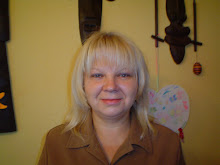A popular event during the period after Christmas is the jasełka, a Nativity play staged by amateurs. In the country, you can still see carollers who go from house to house with a star or Nativity crib. Traditionally, they expect to be tipped for the visit; once the payment was in Christmas delicacies, but today these have been largely replaced by small change. The carollers are often dressed up and improvise scenes that loosely draw upon biblical motifs. Typically, the characters are King Herod, Angel, Devil, Death, sometimes Gypsy and a bear or goat.
The New Year's Day and its eve, known in Poland as Sylwester (St. Silvester's Day), begins the carnival - a period of balls and parties. One traditional form of having fun was kulig (sleigh rides), for centuries favoured by the Polish gentry and still extremely popular. A cavalcade of horse-pulled sleighs and sledges went from one manor house to another, entertained everywhere with hearty meals followed by dances. Today the rides are less spectacular, usually ending with a bonfire and sausages or the traditional bigos.
The last Thursday of the carnival is a day on which Poles stuff themselves with pączki (doughnuts) and deep-fried narrow strips of pastry known as chrust or faworki.
The carnival ends with revelry on Shrove Tuesday known as śledzik or śledziówka - the "herring feast", after the herrings eaten on that day as a herald of the coming Lent.
piątek, 16 stycznia 2009
Subskrybuj:
Komentarze do posta (Atom)

Brak komentarzy:
Prześlij komentarz